Archives
- 2026-01
- 2025-12
- 2025-11
- 2025-10
- 2025-09
- 2025-03
- 2025-02
- 2025-01
- 2024-12
- 2024-11
- 2024-10
- 2024-09
- 2024-08
- 2024-07
- 2024-06
- 2024-05
- 2024-04
- 2024-03
- 2024-02
- 2024-01
- 2023-12
- 2023-11
- 2023-10
- 2023-09
- 2023-08
- 2023-07
- 2023-06
- 2023-05
- 2023-04
- 2023-03
- 2023-02
- 2023-01
- 2022-12
- 2022-11
- 2022-10
- 2022-09
- 2022-08
- 2022-07
- 2022-06
- 2022-05
- 2022-04
- 2022-03
- 2022-02
- 2022-01
- 2021-12
- 2021-11
- 2021-10
- 2021-09
- 2021-08
- 2021-07
- 2021-06
- 2021-05
- 2021-04
- 2021-03
- 2021-02
- 2021-01
- 2020-12
- 2020-11
- 2020-10
- 2020-09
- 2020-08
- 2020-07
- 2020-06
- 2020-05
- 2020-04
- 2020-03
- 2020-02
- 2020-01
- 2019-12
- 2019-11
- 2019-10
- 2019-09
- 2019-08
- 2019-07
- 2019-06
- 2018-07
-
Previous studies reported that combined administration of li
2020-09-22

Previous studies reported that combined administration of licorice/GL and TWHF/TP showed reduced toxicity and equal or even potentiated therapeutic efficacy when treating arthritis (YS et al., 2006, YS et al., 2008, Zhang et al., 2007). Our findings that GL reduced exposure to TP in rats confirmed t
-
Self Determination Theory SDT as described by Ryan and Deci
2020-09-22
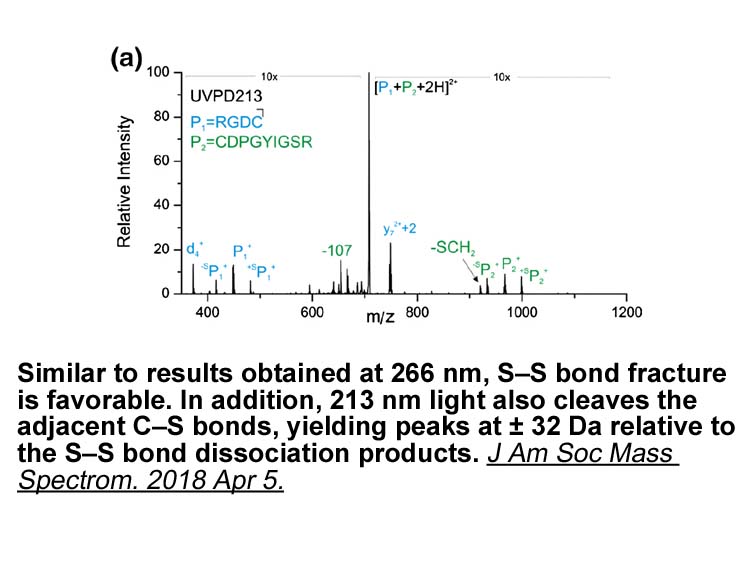
Self-Determination Theory (SDT), as described by Ryan and Deci (2000) is “an approach to human motivation and personality that uses traditional empirical methods while employing an organismic metatheory highlighting the importance of humans\' evolved inner resources for personality development and b
-
Several highly selective COX inhibitors coxibs have been rep
2020-09-22
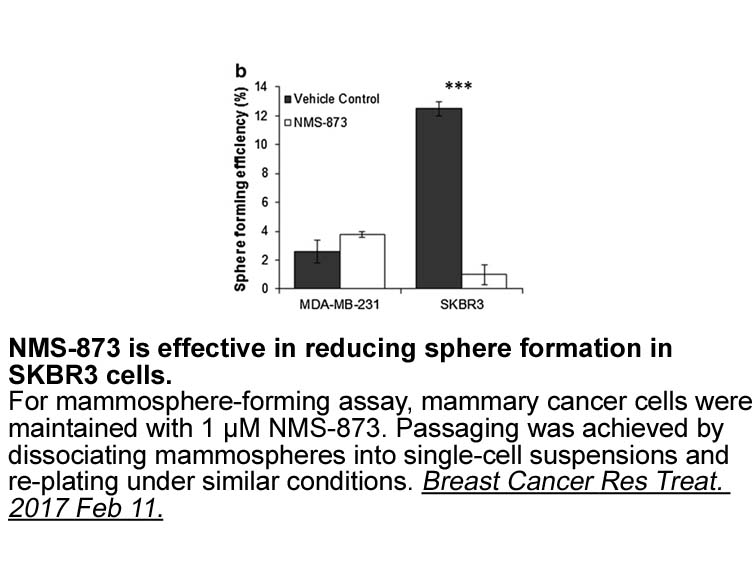
Several highly selective COX-2 inhibitors (coxibs) have been reported and marketed [6], including celecoxib [7] and etoricoxib [8] (Fig. 1). Even though these drugs produce less ulceration than conventional NSAIDs, coxibs still produce significant gastric and cardiovascular side effects due to the d
-
The present study failed to demonstrate an independent
2020-09-22

The present study failed to demonstrate an independent association of preoperative ChE with BCR. This is in contrast to Koie et al. who reported that pretreatment serum ChE was significantly associated with BCR in 535 patients with CaP who underwent RP (5-year BRFS rates were 77.7% and 55.0%, respec
-
br Acknowledgements This work was supported by National Natu
2020-09-22
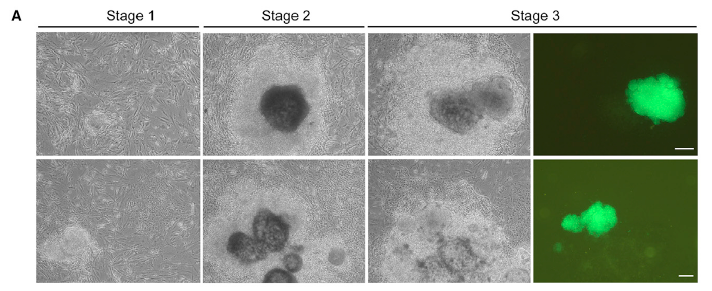
Acknowledgements This work was supported by National Natural Science Foundation of China (31701807, 31572000) and Jiangsu Province Science Foundation for Youths (BK20170491). Introduction Two Cl− channels of the ClC family, ClC-K1 and ClC-K2 (or their human orthologs ClC-Ka and ClC-Kb, respec
-
Although it is well established that
2020-09-22

Although it is well established that estrogen and ESR1 mediate numerous reproductive processes, increasing evidence suggests that ESR2 also lays an integral role in reproduction. ESR2 is a mediator in folliculogenesis and may also act by stimulating ovulation and regulating luteinization (Su et al.,
-
br Declaration of conflicting interests br Funding The
2020-09-22

Declaration of conflicting interests Funding The author(s) disclosed receipt of the following financial support for the research, authorship, and/or publication of this article: This work was supported by CT Stem Cell grant # 15-RMB-YALE-07 (to L.E.N), and by an unrestricted Research Gift from
-
br Oxidoreductase like MEM for prodrug activation
2020-09-21
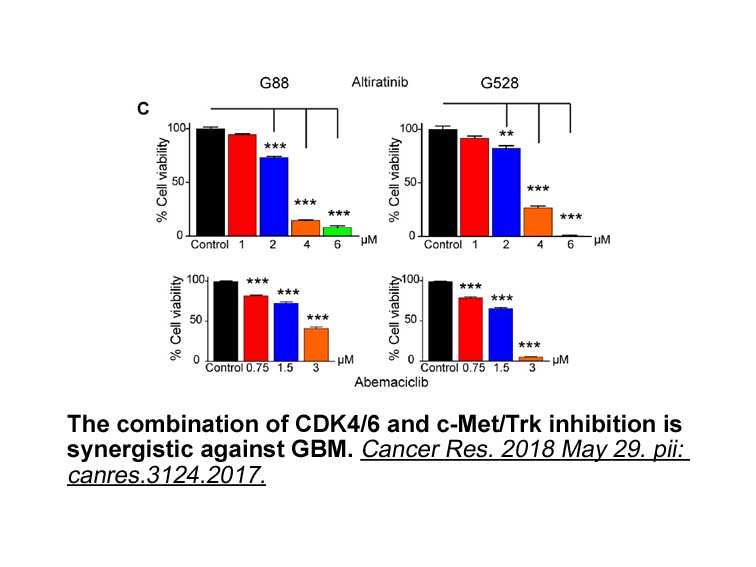
Oxidoreductase-like MEM for prodrug activation Future outlook Although MEM-mediated prodrug activation has been performed by different MEMs and prodrugs, and their effectiveness have been proved in vivo, only a few types of MEMs or prodrugs have been explored in prodrug activation until now [2
-
br Conflict of interest statement br Introduction Endothelin
2020-09-21

Conflict of interest statement Introduction Endothelins (ETs) are a family of multifunctional, naturally occurring peptides with long-lasting vasoconstrictor and pressor effects (Zhou et al., 2004). They are synthesized as a large protein, the pre-proET-1 or Big ET-1, which is subsequently cle
-
br Results br Discussion PKR is activated
2020-09-21
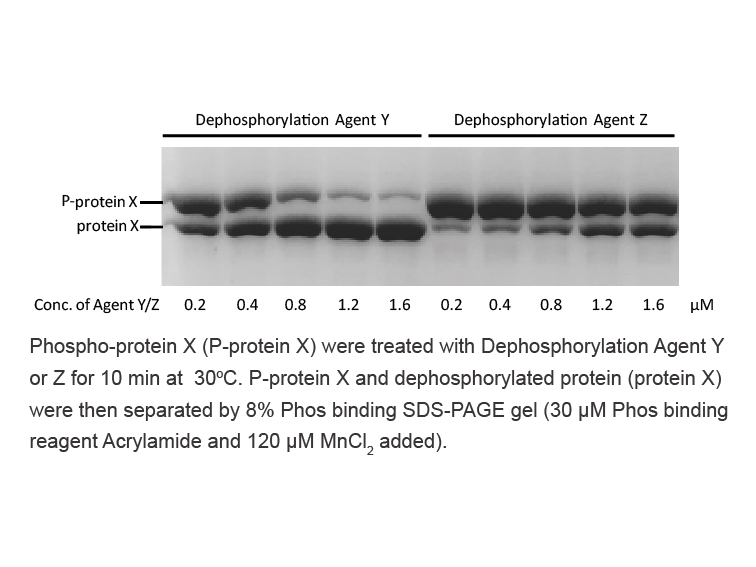
Results Discussion PKR is activated by viral dsRNA and exerts its antiviral effect through phosphorylation of eIF2a. Because eIF2a phosphorylation leads to attenuation of protein synthesis, many viruses have evolved mechanisms to block or suppress PKR activation. Some viruses use alternative t
-
Recently a non proteolytic role of COP
2020-09-21

Recently, a non-proteolytic role of COP1 in stabilizing PIF3 proteins in the dark has been revealed . Previous studies have shown that the endogenous levels of PIF3 protein in etiolated seedlings were nearly undetectable . Ling found that the GSK3-like kinase BRASSINOSTEROID-INSENSITIVE 2 (BIN2) pla
-
Mulan is a mitochondrial protein and is exclusively
2020-09-21
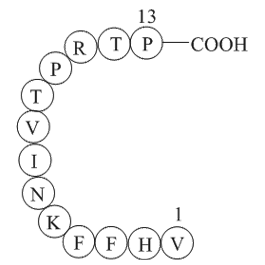
Mulan is a mitochondrial protein and is exclusively localized in the OMM with its RING domain facing the cytosol [14]. Based on this topology, Mulan can provide a link between molecular events in the mitochondria and cytoplasm. Mulan has been implicated in various processes including: mitochondrial
-
In conclusion our results demonstrate that CCLP
2020-09-21
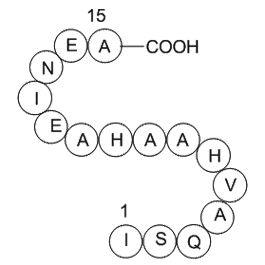
In conclusion, our results demonstrate that CCLP promoted osteoblast proliferation, differentiation, and mineralization via activation of ERK, p38, and Smad1/5/8 (Fig. 9). The residues of the GGKQNVGFGP-sequence in CCLP showed the highest significant binding relationship with the target activin rece
-
Additional derivatives were synthesised using a modified app
2020-09-21
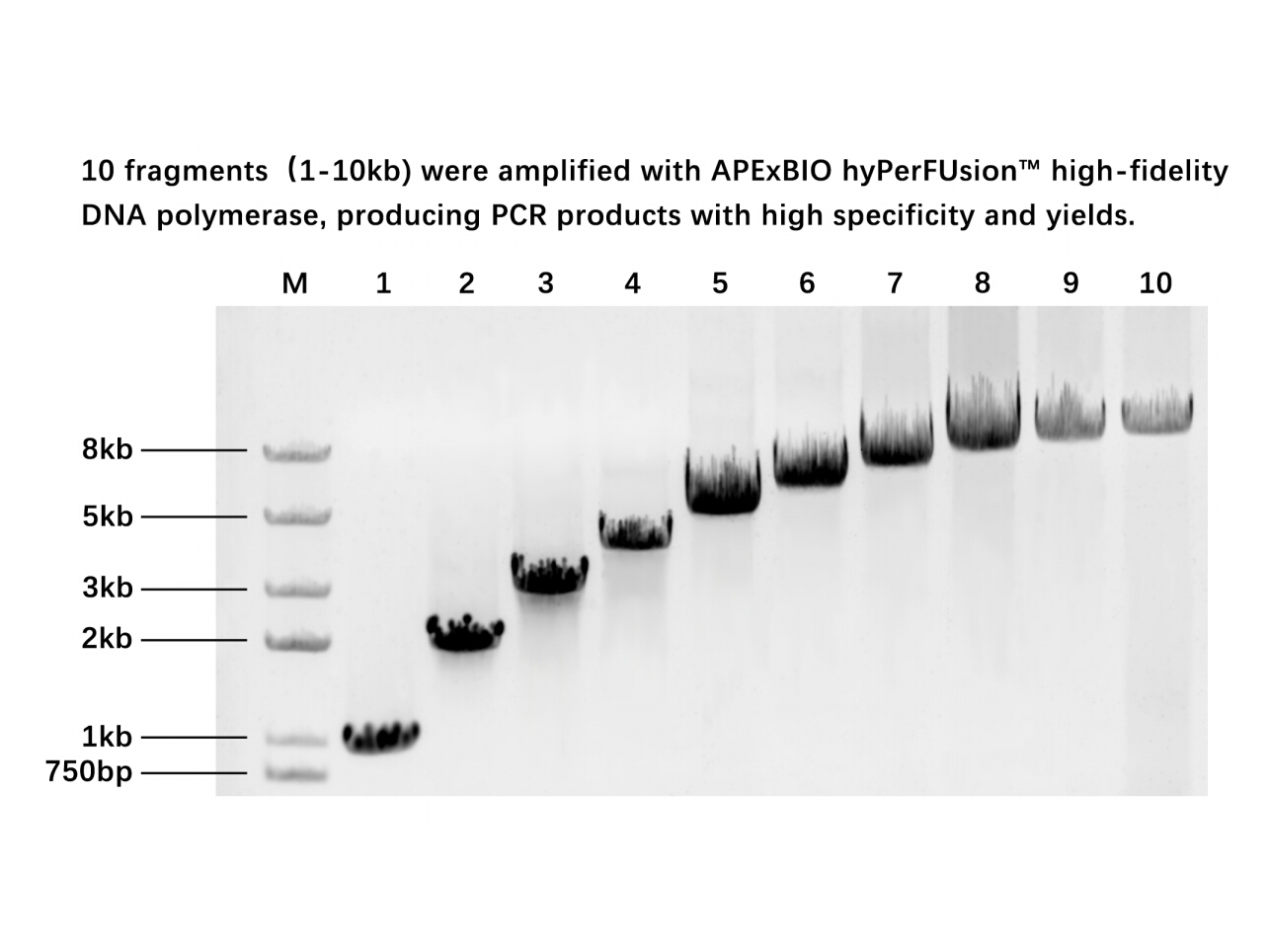
Additional derivatives were synthesised using a modified approach (). Commercially available 4-bromo-2-methoxyaniline () was converted into the boronic ester , followed by a Suzuki–Miyaura cross-coupling with chromenone triflate to afford the corresponding arylamine . Acylation of with chloroacetyl
-
Furthermore Survivin is a member of the inhibitor
2020-09-21
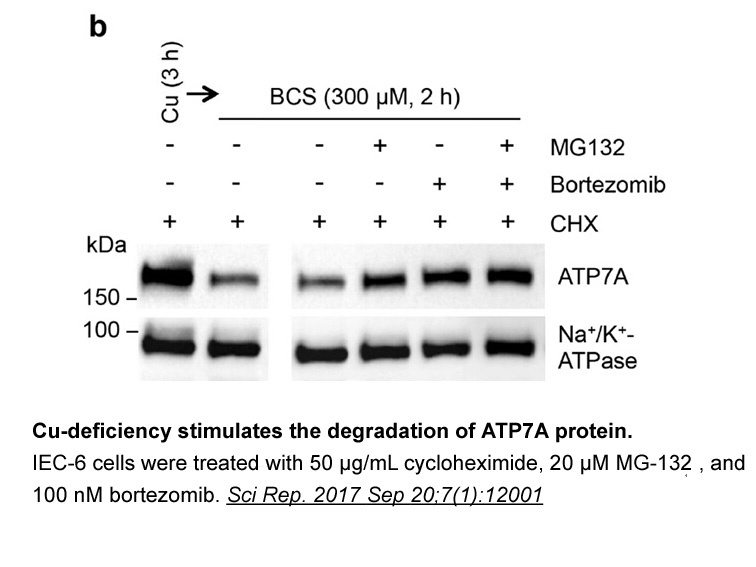
Furthermore, Survivin is a member of the inhibitor of apoptosis family. IR induces a rapid nuclear accumulation of survivin and subsequent phosphorylation of the protein in the nucleus. Co-immunoprecipitation and immunofluorescence co-localization analyses revealed an interaction among survivin, Ku7
14315 records 736/955 page Previous Next First page 上5页 736737738739740 下5页 Last page